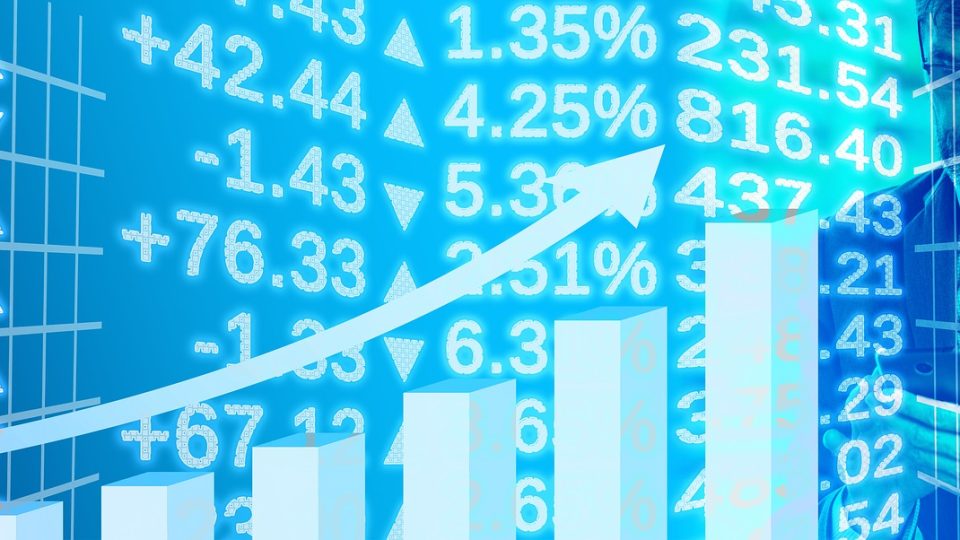Stop order overview
A stop order, also known as a stop-loss order, is a type of order used in stock trading to limit potential losses or protect gains on a particular stock. It is an instruction given by an investor to their broker or trading platform to buy or sell a stock once it reaches a specified price level, known as the “stop price.”
There are two types of stop orders: buy stop orders and sell stop orders. A buy stop order is a type of stop order placed above the current market price. It’s used to trigger a buy order when the stock’s price rises and reaches the specified stop price. Once the stop price is reached, the buy stop order is executed as a market order, and the investor purchases the stock at the prevailing market price. A sell stop order is a type of stop order placed below the current market price. It’s used to trigger a sell order when the stock’s price falls and reaches the specified stop price. Once the stop price is reached, the sell stop order is executed as a market order, and the investor sells the stock at the prevailing market price.
The purpose of a stop order is to help investors limit their potential losses by automatically triggering a trade when the stock price reaches a certain level. It is particularly useful for managing risk, especially when the investor is unable to actively monitor the market. By using a stop order, investors can set predetermined exit points to protect themselves from significant losses if the stock price moves against their expectations.
Once a stop order is triggered, it becomes a market order, which means it will be executed at the best available price, but it may not necessarily be executed at the exact stop price. In cases of extreme market volatility or gaps in the stock’s price, the execution price of a stop order may differ from the stop price. It’s for that reason that at Trade For Me, we never use stop orders to enter a trade. We only use them to exit.
What’s the difference in a stop limit order?
The main difference between a stop loss order and a stop limit order lies in how they’re executed once the specified stop price is reached. Here’s a breakdown of each order type:
- Stop Loss Order: A stop loss order is an order to sell a stock (or buy in the case of a buy stop loss order) when the stock’s price reaches or goes below a specified stop price. Once the stop price is reached, the stop loss order is converted into a market order and executed at the best available price in the market. The execution of the order is guaranteed, but the exact execution price may vary depending on market conditions, particularly in cases of high volatility.
For example, if you own a stock currently priced at $50 and you set a stop loss order with a stop price of $45, if the stock’s price drops to $45 or below, your stop loss order will be triggered and executed as a market order. It means you will sell the stock at the prevailing market price, which could be slightly higher or lower than $45.
- Stop Limit Order: A stop limit order combines elements of both a stop order and a limit order. With a stop limit order, once the stock’s price reaches or goes below the specified stop price, the order is converted into a limit order with a specified limit price. The limit price sets the maximum or minimum price at which the investor is willing to buy or sell the stock.
For example, suppose you set a stop limit order to sell a stock with a stop price of $45 and a limit price of $44. If the stock’s price reaches or drops below $45, the stop limit order is triggered and converted into a limit order with a limit price of $44. The order will then only be executed if it can be filled at a price of $44 or better. If the stock’s price drops below $44 and cannot be executed at that price, the order will remain unfilled.
As another example, let’s say you’ve been monitoring a stock which is currently trading at $50 per share. You believe that if the stock price reaches $55, it will indicate a bullish breakout, and you want to enter a long position to capitalize on potential further price increases. However, you also want to have control over the price at which you enter the trade. In this scenario, you can use a buy stop limit order.
You decide to place a buy stop limit order with the following parameters:
- Stop Price: $55
- Limit Price: $56
Once the stock price reaches or surpasses $55, your buy stop limit order is triggered, and it converts into a limit order with a limit price of $56. The order is now in the market, waiting to be executed.
If the stock’s price reaches $55, your buy stop limit order is activated. However, the order will only be executed if it can be filled at $56 or a better price. This allows you to have control over the maximum price you’re willing to pay for the stock. If the stock’s price rises above $56, the order will be executed at $56 or lower. If the stock’s price does not reach $56, the order remains unfilled.

Thinkorswim Studies/Indicators
thinkScript is a programming language that gives the capability of creating analysis tools such as studies, strategies, watchlist columns, etc. By purchasing scripts from Trade For Me, there’s no programming required!
These Thinkorswim (TOS) indicators are easy to install and provide you the additional edge you need for trading.
By using a buy stop limit order in this bullish scenario, you can ensure that you enter the trade once the stock price confirms your bullish sentiment (reaches $55), while also having a defined limit price ($56) to control the maximum price you’re willing to pay.
The key distinction between a stop loss order and a stop limit order is that a stop loss order is executed as a market order, whereas a stop limit order is converted into a limit order. This means that while a stop loss order guarantees execution, a stop limit order does not guarantee execution, as it depends on whether the limit price can be met in the market.
Consider this Forbes article during your research into stop order types and their benefits.

